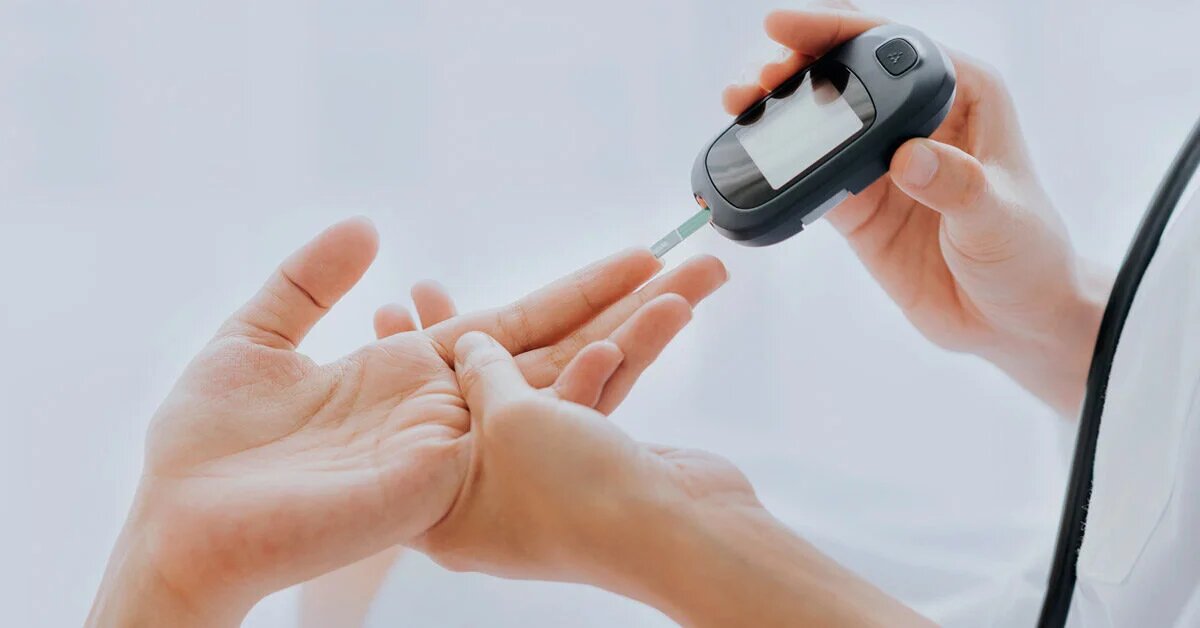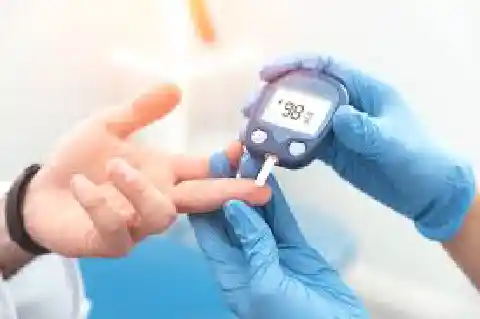Diabetes is one of the most pressing public health concerns in Nigeria and across the globe. According to the World Health Organization (WHO), millions of people live with undiagnosed diabetes, putting them at risk of severe complications such as kidney failure, heart disease, blindness, and limb amputation.
In this comprehensive guide, we examine the early signs of diabetes, how to spot them before the condition becomes life-threatening, and effective prevention strategies you can adopt immediately. Whether you’re at risk or simply health-conscious, understanding this silent killer could save your life or someone else’s.
Understanding Diabetes: A Quick Overview
Diabetes is a chronic condition that affects how your body processes blood glucose (sugar). The main types include:
- Type 1 Diabetes: An autoimmune condition where the body attacks insulin-producing cells.
- Type 2 Diabetes: Caused by insulin resistance or insufficient insulin production, often linked to lifestyle and diet.
- Gestational Diabetes: Occurs during pregnancy and can increase risk for both mother and child later in life.
Over 80% of diabetes cases globally are Type 2, and in Nigeria, it’s increasingly affecting younger adults due to poor diet, stress, and lack of physical activity.

Top 10 Early Signs of Diabetes You Shouldn’t Ignore
Recognizing diabetes early is key to preventing long-term complications. Here are the most common early warning signs:
1. Frequent Urination (Polyuria)
If you’re visiting the toilet more often than usual, especially at night, it could be an indication that your kidneys are working overtime to expel excess glucose from the bloodstream.
2. Unquenchable Thirst (Polydipsia)
Dehydration from frequent urination makes you feel thirsty all the time. No amount of water seems to satisfy your thirst.
3. Excessive Hunger (Polyphagia)
Despite eating enough, diabetics often feel hungry due to the body’s inability to properly use glucose for energy.
4. Unexplained Weight Loss
Losing weight without dieting can be a red flag. The body starts burning fat and muscle for energy when it can’t access glucose.
5. Fatigue
Feeling constantly tired or weak is common. Glucose not reaching cells means low energy levels.
6. Blurred Vision
High sugar levels can affect the fluid levels in your eyes, leading to blurred or distorted vision.
7. Slow Healing of Wounds
If cuts, bruises, or infections take too long to heal, your blood circulation and immune response may be compromised—typical in diabetics.
8. Frequent Infections
Recurrent infections such as urinary tract infections (UTIs), yeast infections, or skin conditions may be linked to high blood sugar.
9. Numbness or Tingling in Hands and Feet
This is a symptom of diabetic neuropathy—nerve damage caused by prolonged high blood sugar.
10. Dark Skin Patches (Acanthosis Nigricans)
This may appear in the armpits, neck, or groin area and is often a sign of insulin resistance.
Who is at Risk?
Certain individuals are more susceptible to developing Type 2 diabetes:
- Age 40 and above
- Obesity or being overweight
- Family history of diabetes
- High blood pressure
- Sedentary lifestyle
- Women with PCOS or history of gestational diabetes
- Poor dietary habits (high sugar, refined carbs, processed foods)
Preventing Type 2 Diabetes: What You Can Do Today
Fortunately, diabetes is preventable, especially when detected early. Here are proven lifestyle changes you can make to avoid the disease:

1. Adopt a Balanced Diet
Foods to Include:
- Whole grains: millet, oats, brown rice
- Leafy vegetables: spinach, ugu, bitter leaf
- Fruits: apples, oranges, pawpaw (in moderation)
- Lean proteins: fish, beans, chicken
- Healthy fats: avocado, nuts, olive oil
Foods to Avoid:
- Sugary drinks (soft drinks, processed juices)
- White bread, white rice
- Fried and fast foods
- High-sodium snacks
Focus on low-glycemic index (GI) foods that don’t spike your blood sugar.
2. Exercise Regularly
Aim for at least 150 minutes per week of moderate exercise. This includes:
- Brisk walking
- Cycling
- Swimming
- Dancing
- Home workouts (jump rope, squats, planks)
Exercise increases insulin sensitivity and helps with weight control.
3. Maintain a Healthy Weight
Shedding even 5% to 10% of your body weight can significantly reduce the risk of diabetes. For overweight individuals, this should be a primary goal.
4. Monitor Blood Sugar Levels
Routine checks—especially if you’re over 40 or have a family history—can help you detect pre-diabetes. Use a glucometer or visit your healthcare provider regularly.
5. Get Enough Sleep
Lack of sleep affects hormone regulation and increases insulin resistance. Aim for 7–8 hours of quality sleep every night.
6. Quit Smoking and Limit Alcohol
Smoking increases the risk of diabetes by altering how the body handles insulin. Excess alcohol adds unnecessary calories and disrupts liver function, which is crucial for glucose regulation.
7. Manage Stress
Chronic stress triggers hormonal imbalances that can lead to weight gain and insulin resistance. Manage stress through:
- Meditation or prayer
- Deep breathing exercises
- Hobbies and recreation
- Therapy or counseling
Can Pre-Diabetes Be Reversed?
Yes. Pre-diabetes is a warning state where blood sugar levels are higher than normal but not yet diabetic. With diet, exercise, and lifestyle adjustments, many individuals reverse pre-diabetes and return to normal glucose levels.
Common Myths About Diabetes You Should Ignore
- Myth: Only fat people get diabetes.
Fact: Even slim individuals with poor diets or genetics can develop diabetes. - Myth: Diabetes is caused by sugar alone.
Fact: It’s caused by various factors including genetics, stress, inactivity, and obesity. - Myth: People with diabetes can’t eat fruits.
Fact: Many fruits are low in GI and are safe in moderation.
Importance of Early Diagnosis and Medical Help
Never self-medicate or rely solely on herbal remedies for managing diabetes. An early visit to a doctor could:
- Identify pre-diabetes early
- Prevent complications
- Provide access to professional dietary plans
- Help monitor your organ health regularly
Conclusion: Protect Your Health Today
Diabetes is silent but deadly—many people go undiagnosed until it’s too late. By watching for early symptoms and taking preventive measures now, you can reduce your risk significantly.
Start with small lifestyle changes, go for regular health check-ups, eat better, and move more. Your body will thank you.
What you should do
If you or someone you know is showing symptoms of diabetes, visit a healthcare facility immediately for a blood sugar test. Prevention is better than cure—and often far cheaper.
Stay informed. Stay healthy. Share this article to spread awareness.






